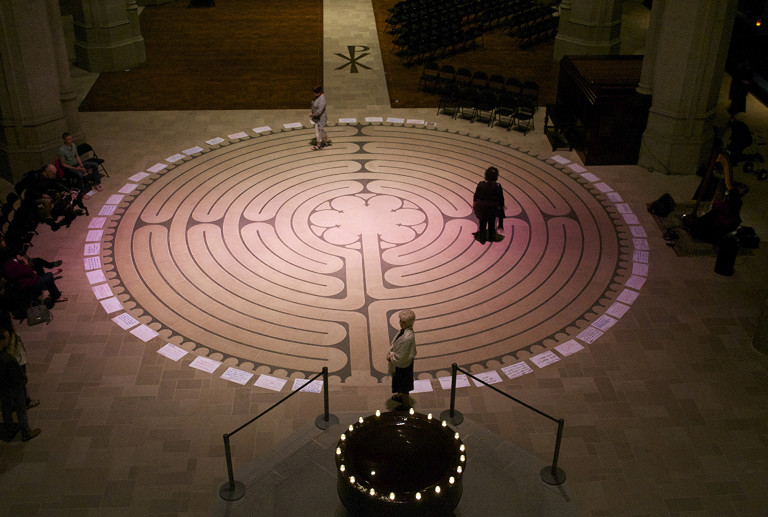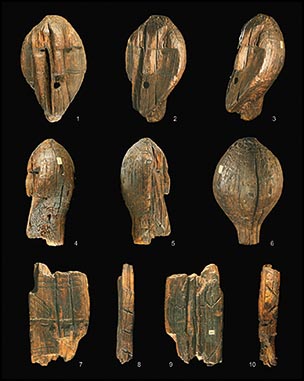Let´s take a look at the ancient so called earthwork "Labyrinths" that can be found encarved in rock or bigger on the ground. These "Labyrinths" can be found all over the earth.
Just some examples:
Knossos 200 BC
Cornwall, England
Madhya Pradesh, 250 a. C
The "Man In The Maze" is a visual representation of the Tohono O'odham Indians belief in life, death and the life after death. The man at the top of the maze depicts birth. By following the pattern, beginning at the top, the figure goes through the maze encountering many turns and changes, as in life. As the journey continues, one aquires knowledge, strength and understanding. Nearing the end of the maze, one retreats to a small corner of the pattern before reaching the dark center of death and eternal life. Here one repents, cleanses and reflects back on all the wisdom gained. Finally, pure and in harmony with the world, death and eternal life are accepted
Isle of Gotland in Sweden - Visby Trojaborg
Labyrinth rock carving found at Meis, Galicia, Spain, possibly from the Atlantic Bronze Age (c. 1300–700 BC)
Now let´s look at russias.
Bolshoi Zayatsky Island
These are all the different Labyrinths that have been found so far.

- Home
- Forum
- Chat
- Donate
- What's New?
-
Site Links

-
Avalon Library

-
External Sites

- Solari Report | Catherine Austin Fitts
- The Wall Will Fall | Vanessa Beeley
- Unsafe Space | Keri Smith
- Giza Death Star | Joseph P. Farrell
- The Last American Vagabond
- Caitlin Johnstone
- John Pilger
- Voltaire Network
- Suspicious Observers
- Peak Prosperity | Chris Martenson
- Dark Journalist
- The Black Vault
- Global Research | Michael Chossudovsky
- Corbett Report
- Infowars
- Natural News
- Ice Age Farmer
- Dr. Joseph Mercola
- Childrens Health Defense
- Geoengineering Watch | Dane Wigington
- Truthstream Media
- Unlimited Hangout | Whitney Webb
- Wikileaks index
- Vaccine Impact
- Eva Bartlett (In Gaza blog)
- Scott Ritter
- Redacted (Natalie & Clayton Morris)
- Judging Freedom (Andrew Napolitano)
- Alexander Mercouris
- The Duran
- Simplicius The Thinker












 Reply With Quote
Reply With Quote


































Bookmarks